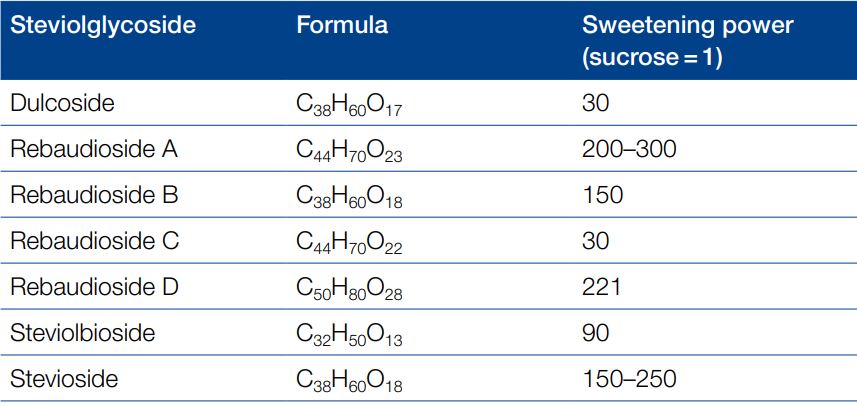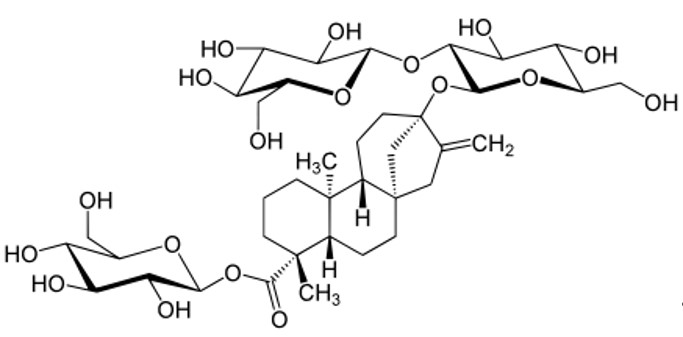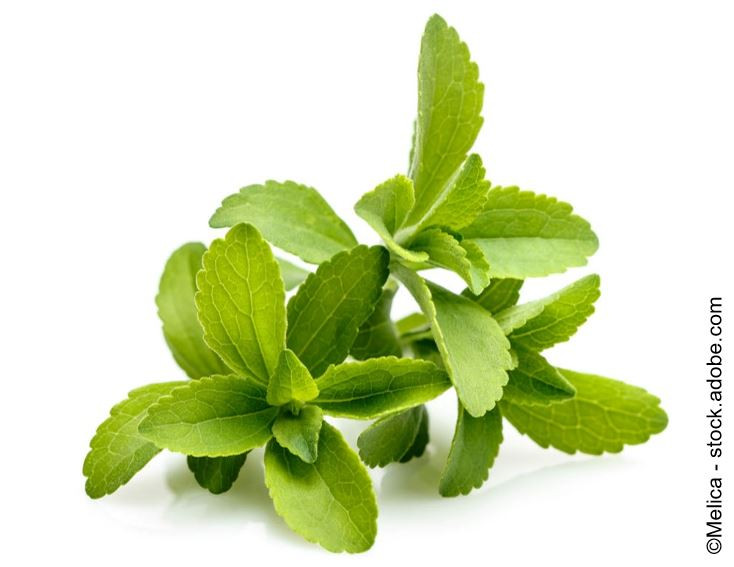Analysis of steviol glycosides in low-calorie food
Steviol glycosides can be extracted from the leaves of the South American stevia bush (Stevia rebaudiana) and can be used as sweetener. In addition to South America, many Asian countries traditionally use this valued sweetener. It is practically calorie-free and more tooth-friendly than, for example, household sugar (sucrose).
Stevia sweeteners were approved in the U.S. since December 2008(1). In November 2011, extracts of stevia were approved as a sweetener (E960) in the EU, after the European Food Safety Authority (EFSA) had evaluated the safety of stevia extracts(2). Their consumption is considered safe for health if a daily intake level (ADI) of 4 mg/kg body weight is not exceeded(3).
These plant-based sweeteners can be analyzed in food using MACHEREY-NAGEL products. See in the application note how a successful chromatography can be performed with SPE and HPLC.
Download Application note: Analysis of steviol glycosides in low-calorie food
Steviol glycosides have a high sweetening power(4) and are therefore used in small quantities - the following table shows the comparison with household sugar (sucrose):

The chemical structure of a major active compound of sugar substitutes(5) extracted from the leaves of the plant species Stevia rebaudiana: Stevioside

References:
(1) https://www.foodnavigator-usa.com/Article/2008/12/18/Stevia-sweetener-gets-US-FDA-go-ahead
(2) https://www.efsa.europa.eu/en/topics/topic/sweeteners
(3) U. Wölwer-Rieck, J. Agric. Food Chem., (2012), 60 (4), 886 – 895
(4) Indra Prakash et al., Foods. 2014 Mar; 3(1): 162–175, 2014, doi: 10.3390/foods3010162
(5) Cesar Gonzáles, et al., Main properties of steviol glycosides and their potential in the food industry: a review, Fruits 2014, (69), 127 – 141







